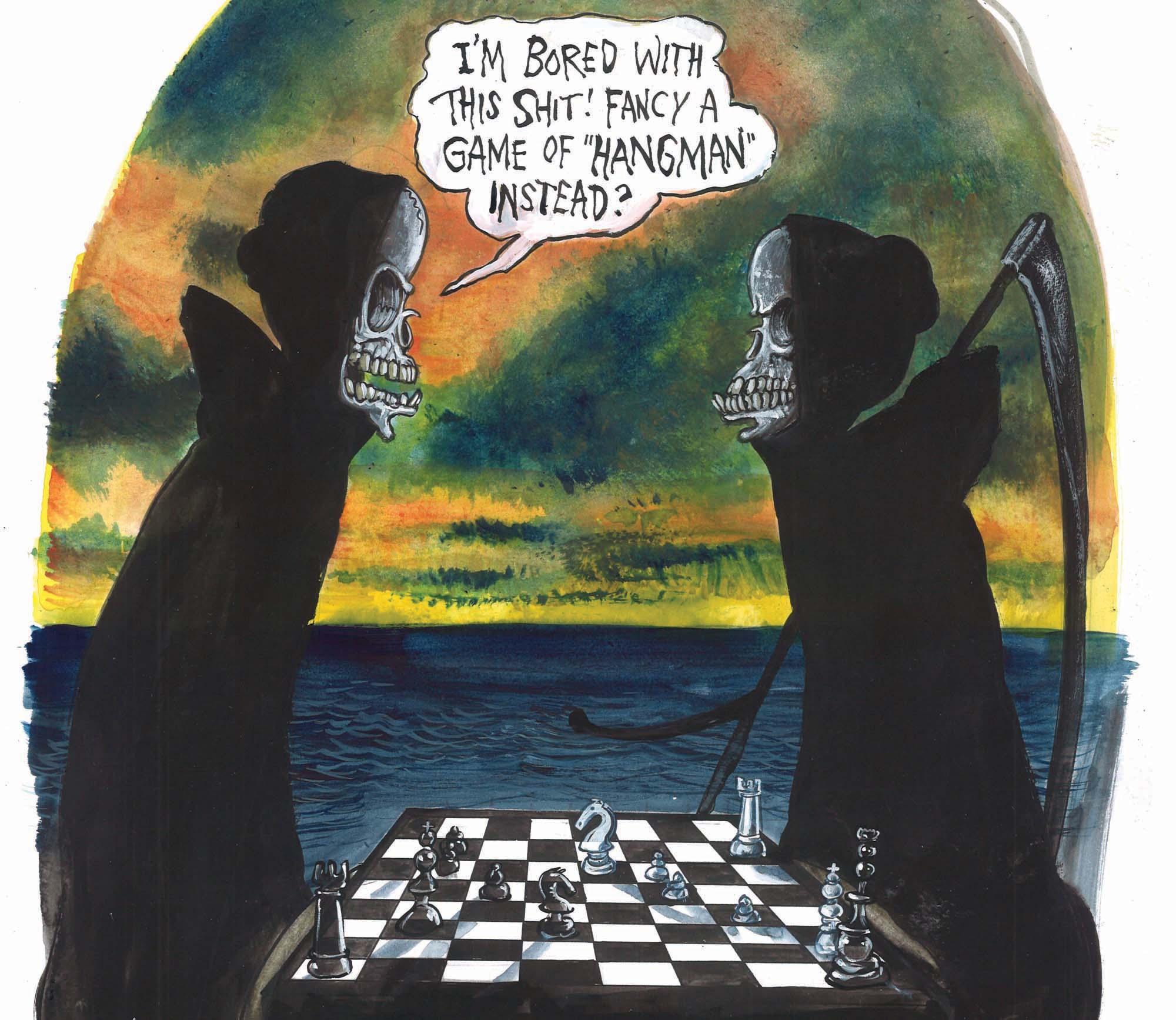
Skin Nuba So Slyunoj
Piercing and ears Body piercing, a form of, is the practice of puncturing or cutting a part of the human body, creating an opening in which jewelry may be worn or where an implant could be inserted. The word piercing can refer to the act or practice of body piercing, or to an opening in the body created by this act or practice. It can also, by, refer to the resulting decoration, or to the decorative jewelry used.
Skin: Normal, Fair, Not Sure. Hair: Blond, Other, Other. The first and only time I encountered Nouba, an Italian makeup brand, was at Takashimaya in NYC. It was a Japanese department store that sold high end clothing, makeup, plants, tea, accessories, and children's wear. No fall-outs what so ever using these eyeshadows! Rebel fighters in the Nuba mountains of the South Kordofan area in Sudan. Credit Goran Tomasevic/Reuters. MAYOM WEL, South Sudan — On a recent blistering afternoon, this village danced in an.
Although the history of body piercing is obscured by popular misinformation and by a lack of scholarly reference, ample evidence exists to document that it has been practiced in various forms by both sexes since ancient times throughout the world. And have been particularly widespread and are well represented in historical records and among. The oldest remains ever discovered were sporting, attesting to the existence of the practice more than 5,000 years ago. Nose piercing is documented as far back as 1500 BC. Piercings of these types have been documented globally, while were historically found in African and American tribal cultures.
And have also been practiced by various cultures, with nipple piercing dating back at least to while genital piercing is described in c. 320 to 550 CE. The history of is less clear.
The practice of body piercing has waxed and waned in, but it has experienced an increase of popularity since, with sites other than the ears gaining subcultural popularity in the 1970s and spreading to mainstream in the 1990s. The reasons for piercing or not piercing are varied.

Some people pierce for religious or spiritual reasons, while others pierce for self-expression, for aesthetic value, for sexual pleasure, to conform to their culture or to rebel against it. Some forms of piercing remain controversial, particularly when applied to youth. The display or placement of piercings have been restricted by schools, employers and religious groups. Zhivotnie zanesyonnie v krasnuyu knigu moldovi. In spite of the controversy, some people have practiced extreme forms of body piercing, with bestowing on individuals with hundreds and even thousands of permanent and temporary piercings. Contemporary body piercing practices emphasize the use of safe, frequently utilizing specialized tools developed for the purpose.
Body piercing is an invasive procedure with some risks, including allergic reaction,, excessive and unanticipated physical injuries, but such precautions as sanitary piercing procedures and careful aftercare are emphasized to minimize the likelihood of encountering serious problems. The healing time required for a body piercing may vary widely according to placement, from as little as a month for some genital piercings to as much as two full years for the navel. An earring found in an grave in, dated c. 6th or 7th century. Body adornment has only recently become a subject of serious scholarly research by, who have been hampered in studying body piercing by a sparsity of primary sources.
Early records rarely discussed the use of piercings or their meaning, and while jewellery is common among grave goods, the deterioration of the flesh that it once adorned makes it difficult to discern how the jewellery may have been used. Also, the modern record has been vitiated with the 20th-century inventions of piercing enthusiast. In the 1960s and 1970s, Malloy marketed contemporary body piercing by giving it the patina of history. His pamphlet Body & Genital Piercing in Brief included such commonly reproduced as the notion that invented the in order to diminish the appearance of his large penis in tight trousers, and that Roman attached their capes to nipple piercings. Some of Malloy's myths are reprinted as fact in subsequently published histories of piercing. Ear piercing [ ]. A traditional Burmese ear-boring ceremony.
Ear piercing has been practiced all over the world since ancient times. There is considerable written and archaeological evidence of the practice. Mummified bodies with pierced ears have been discovered, including the oldest mummified body discovered to date, the 5,300-year-old, which was found in a in Italy. This mummy had an ear piercing 7–11 mm diameter.
The oldest found in a grave date to 2500 BCE. These were located in the city of, home of the. Earrings are mentioned in the Bible. In 35:4, buries the earrings worn by members of his household along with their.